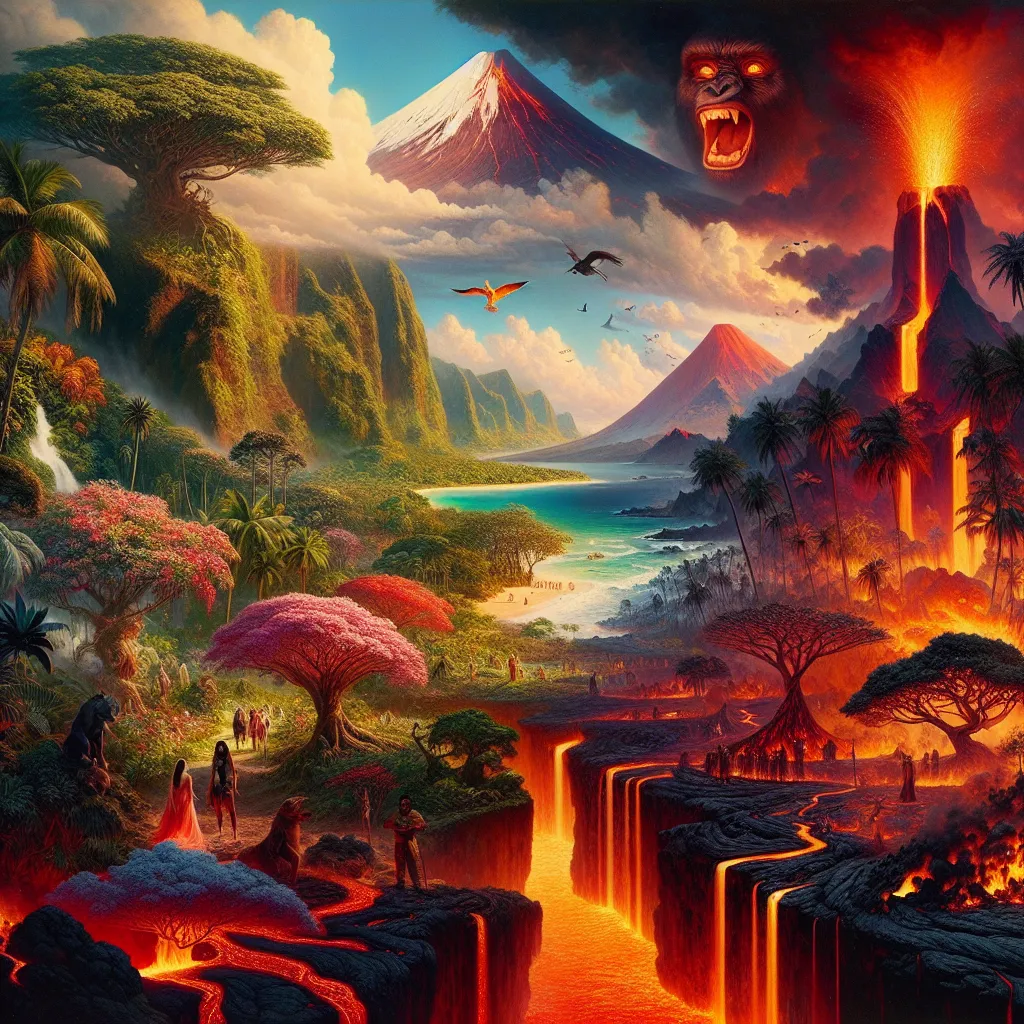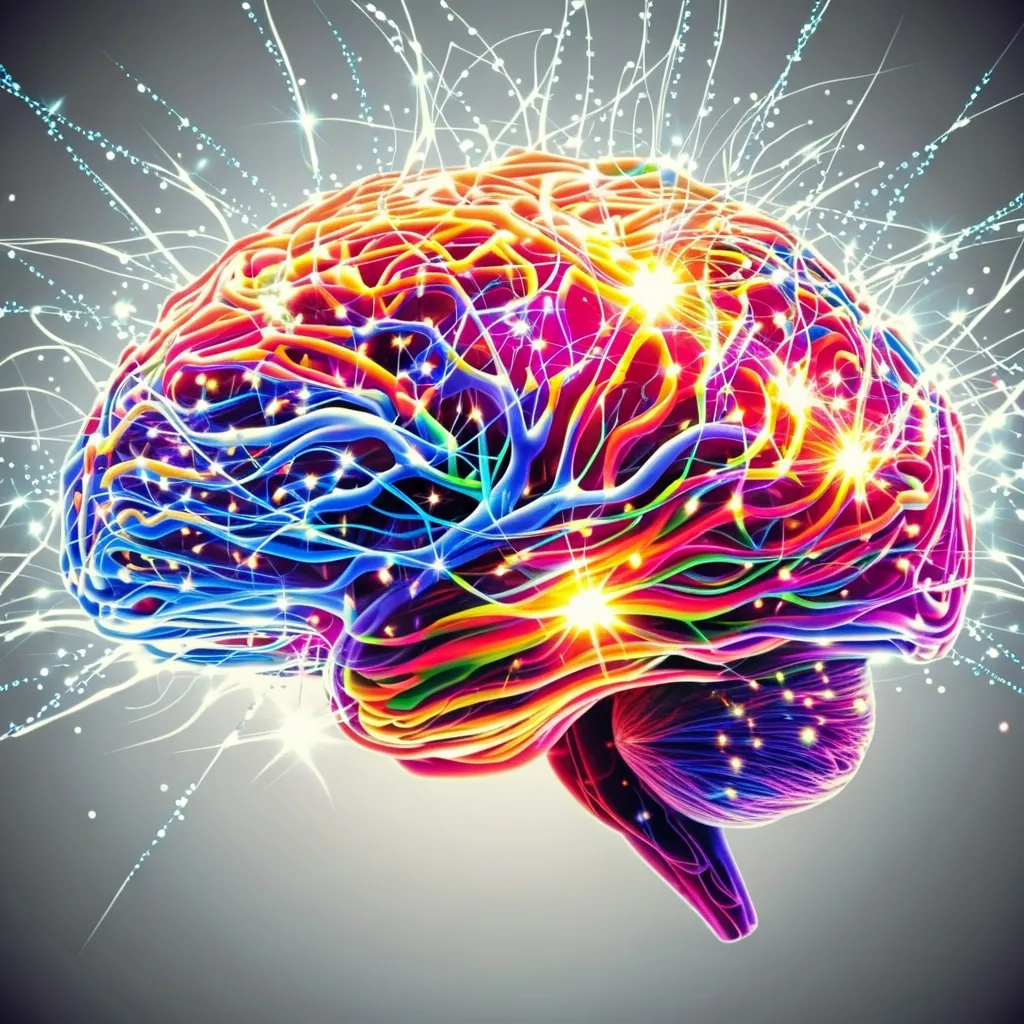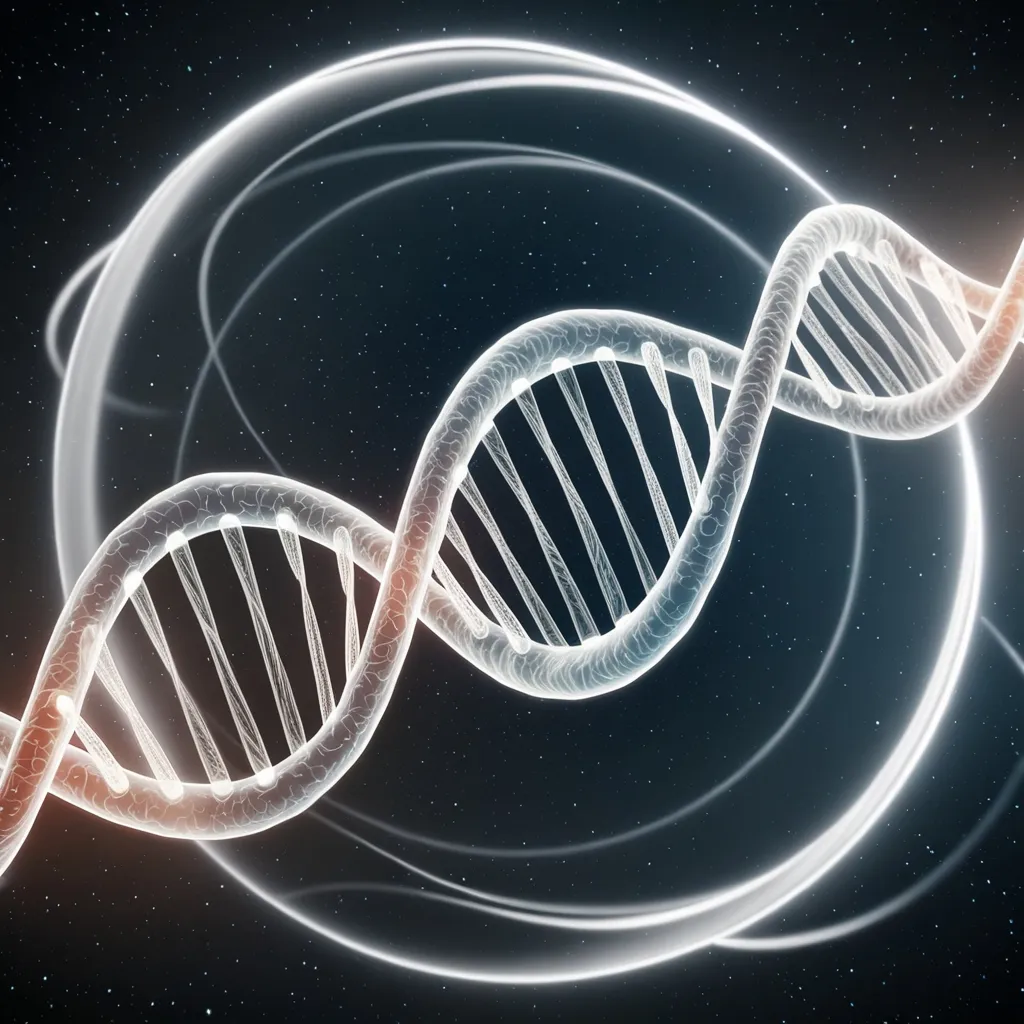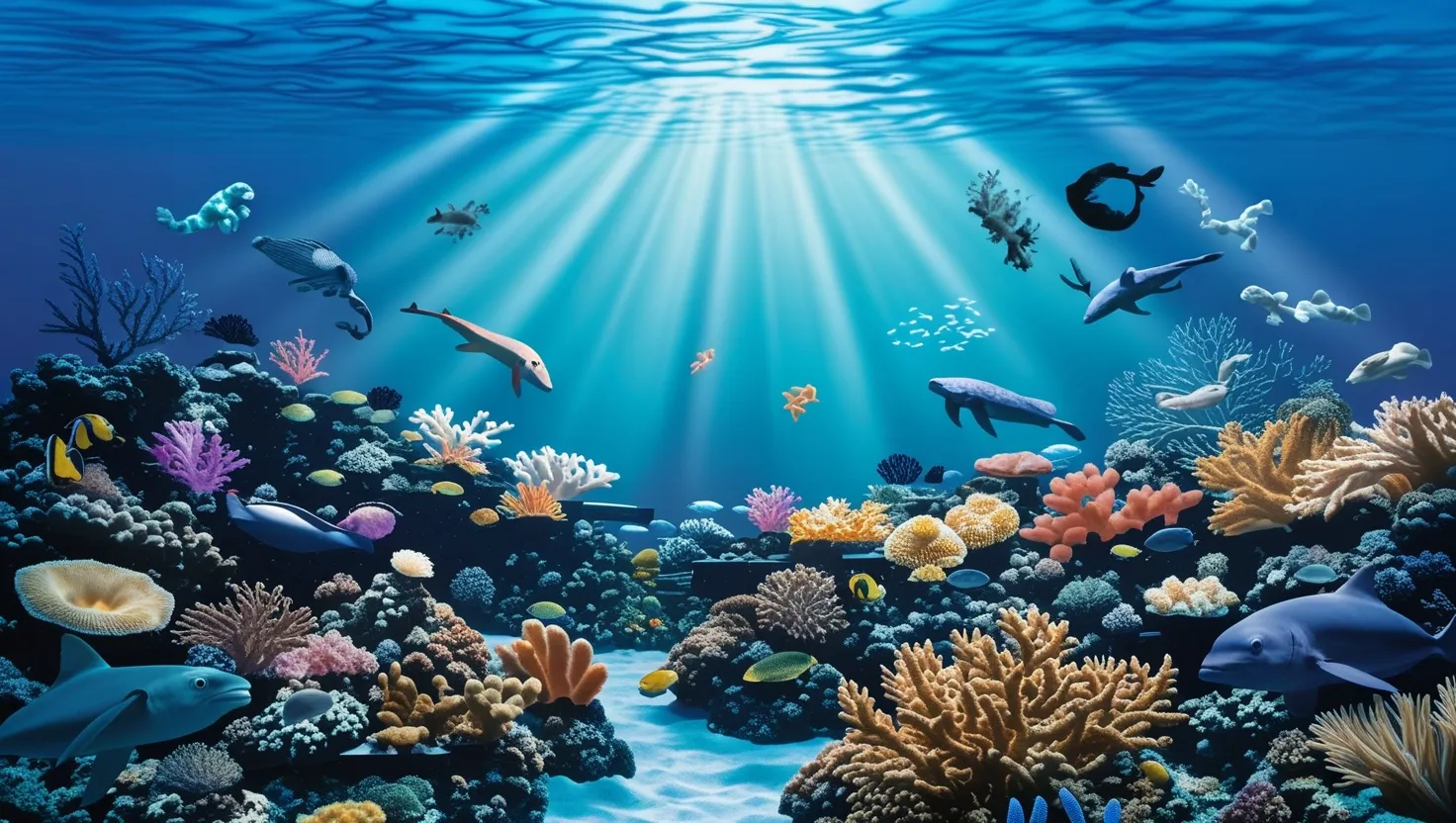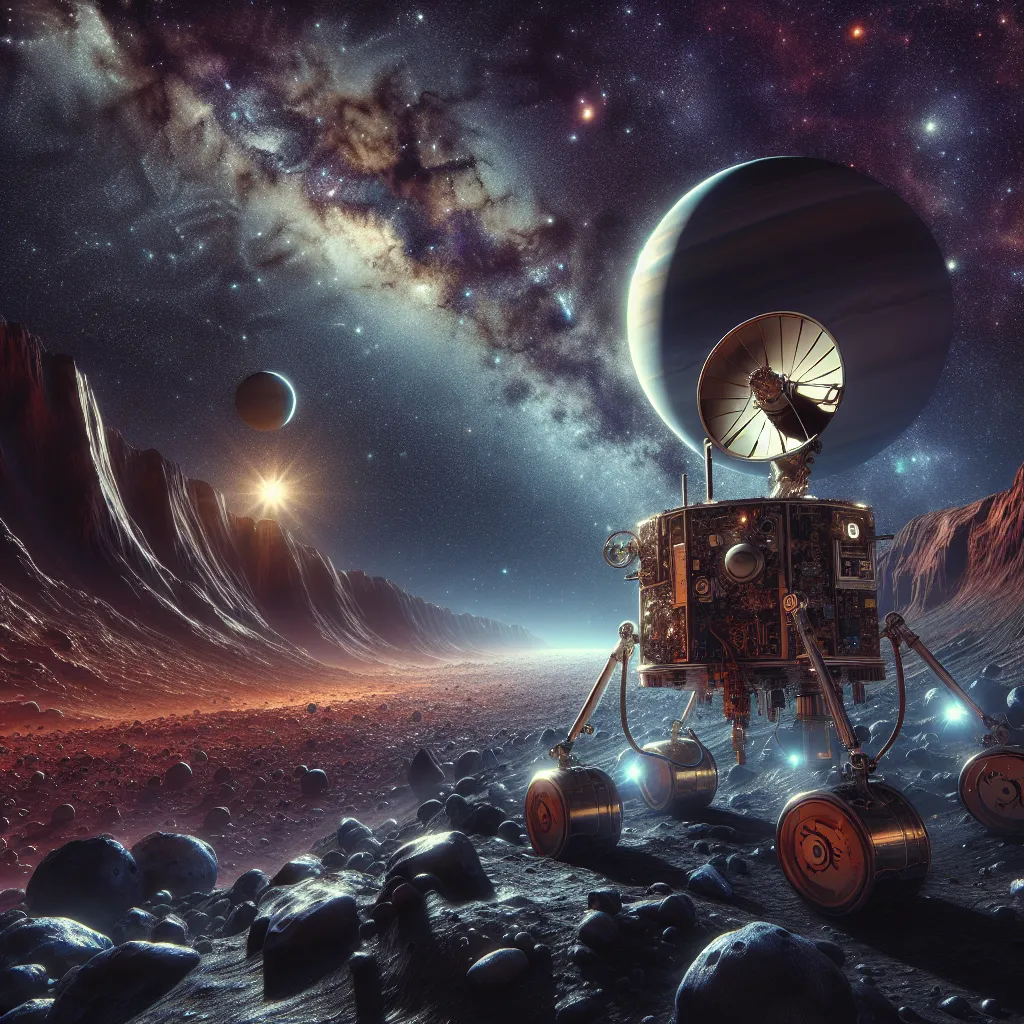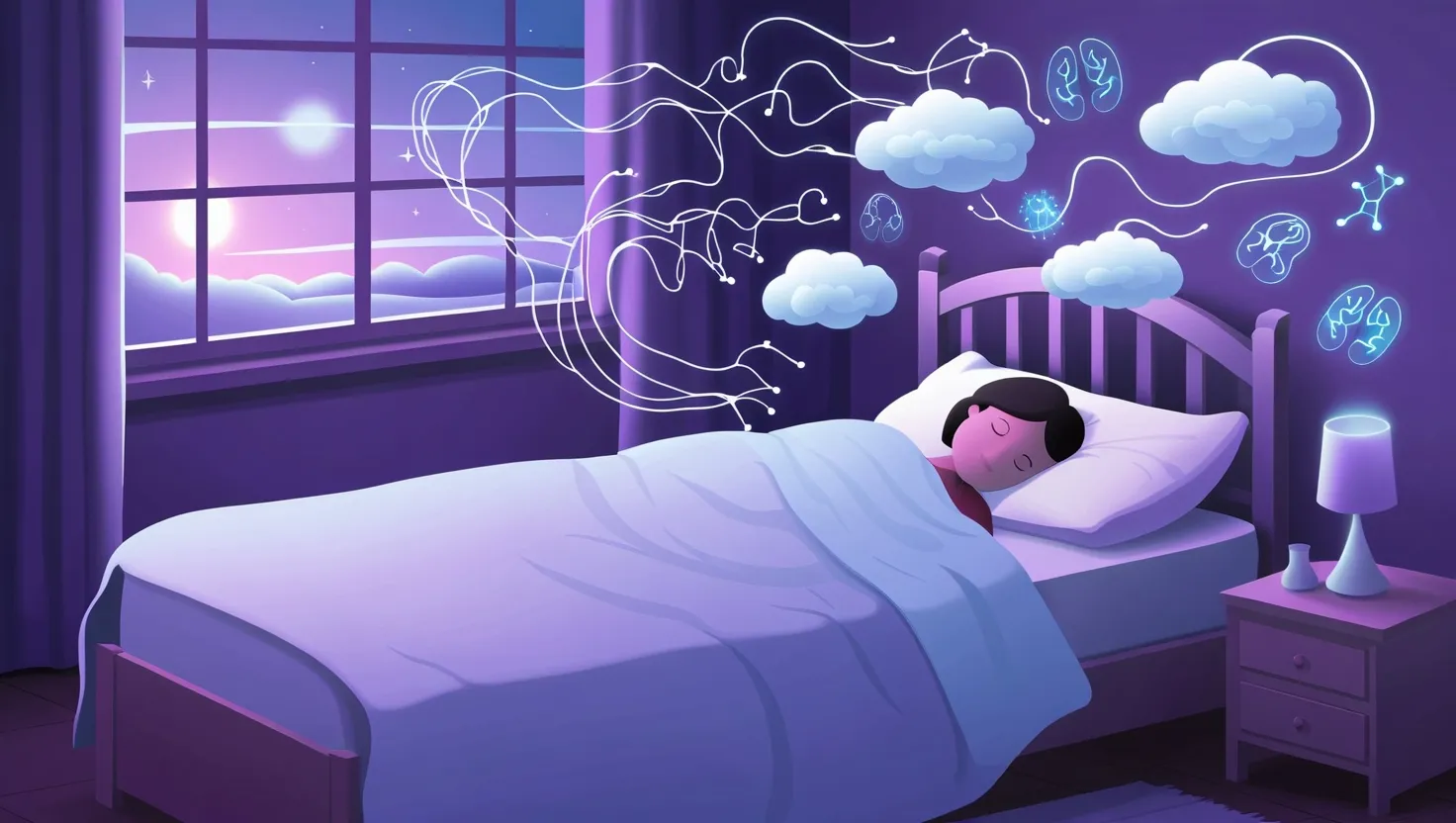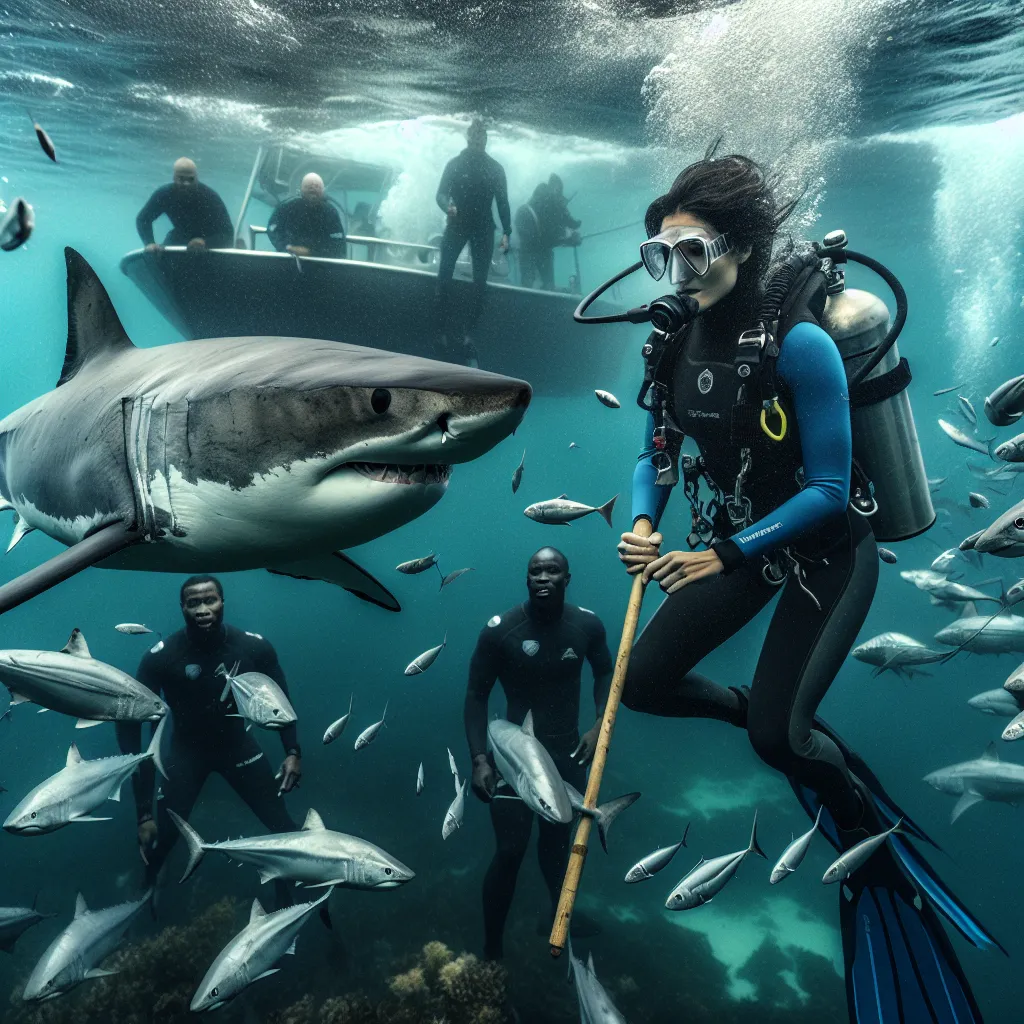Imagine landing on the Big Island of Hawaii, the southernmost gem of an archipelago nestled right in the middle of the Pacific Ocean. The creation of Hawaii is more than just geographical—it’s a dramatic tale intertwined with the tempestuous fire goddess, Pele. Located 2,400 miles off the west coast of the U.S., Hawaii consists of eight main islands, but it’s the Big Island that’s particularly mesmerizing.
On the southeast coast of the Big Island sprawls an area as big as New York City—Hawaii Volcanoes National Park. This UNESCO World Heritage site encapsulates 70 million years of volcanic activity, displaying some of the world’s most impressive basaltic volcanoes formed over an oceanic hotspot. Here, the air is as crisp as the geology is dramatic, and you might feel safe standing atop one of the world’s most active volcanoes, albeit with a sense of awe you won’t quite shake off.
Meet Mauna Loa, the world’s largest volcano, a sleeping giant that last erupted in 1984. From its base under the ocean to its summit, Mauna Loa rises about 56,000 feet high, with around 13,500 feet of that visible above sea level. This colossal structure is both broad and humbling.
Then there’s Kilauea, Mauna Loa’s younger, more volatile sister. Since 1983, Kilauea has been relentlessly spewing lava, enough to bury Washington DC to a depth of 44 feet. The lava is blazing hot, initially erupting at around 1,168 degrees Celsius and cooling only marginally as it flows toward the ocean. When it reaches the sea, it’s still over 2,100 degrees Fahrenheit—hardly a comfortable temperature.
Walking near active lava flows is a surreal experience. The lava can engulf forests, leaving behind ghostly lava trees or molds. Even more thrilling, the lava crusts over rapidly, leaving a scorching river of molten rock just beneath your feet. Remarkably, this volcanic activity is increasing the size of the Big Island, with thousands of visitors coming each day to witness this fiery spectacle.
Park rangers have front-row seats to this drama. They recount tales of flames and flowing lava that moves at speeds varying from a slow crawl to more hurried paces, compelling evacuations and awe-struck gasps. Despite some inherent risks, this natural display is a reminder of Earth’s raw power.
The Hawaiian Islands owe their existence to a plume of heat deep within the Earth, melting rock that eventually bursts through the crust to form new land. Currently, three volcanoes—Mauna Loa, Kilauea, and the underwater Loihi—are all being fed by this volcanic hotspot. As Earth’s plates move over this plume, new volcanoes and islands will continue to form, a process that’s as ceaseless as it is fascinating.
To the Hawaiian people, these fiery landscapes are not just natural phenomena but physical manifestations of divine spirits. Pele, the goddess of fire, embodies the volcano. She is seen in the earth, the gases, the molten lava, and the very rocks themselves. Hawaiians believe that every element that produces energy is a deity, making their gods as numerous as the stars.
The Big Island is a land where delicate ecosystems and violent geological activity coexist. It’s a place of endless cycles of death and rebirth, captivating in its contradictions. Standing on a seemingly still land that’s alive with fire beneath, you get a profound sense of nature’s relentless creativity and destructive power. It’s a unique place, where visitors can witness the birth of land and come away with stories as fiery as the lava itself.
